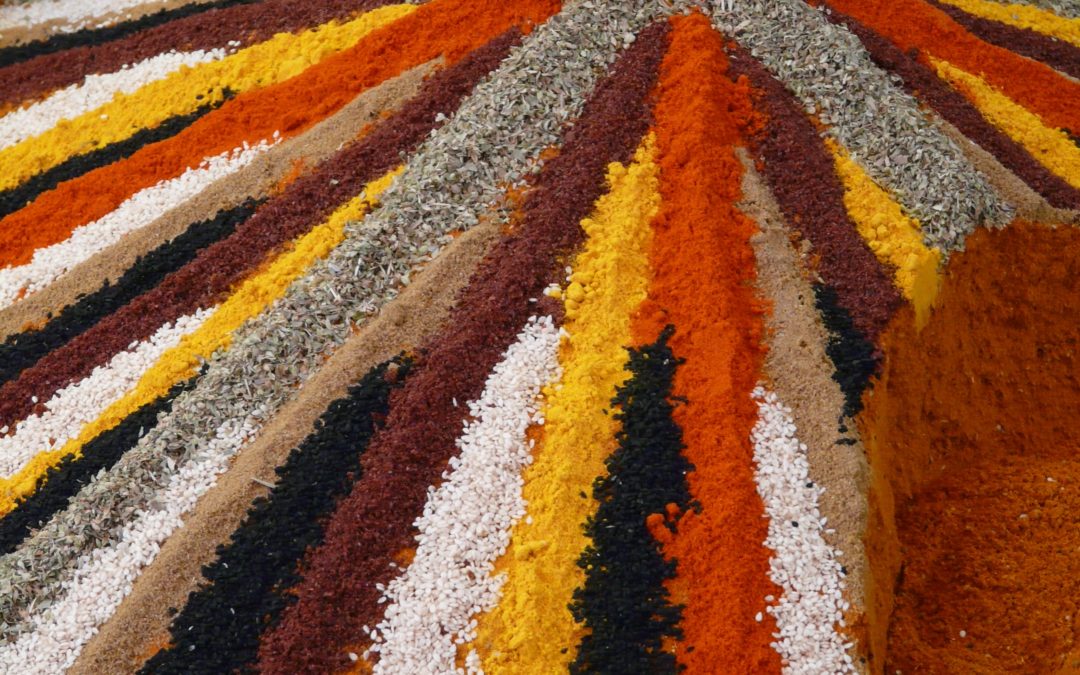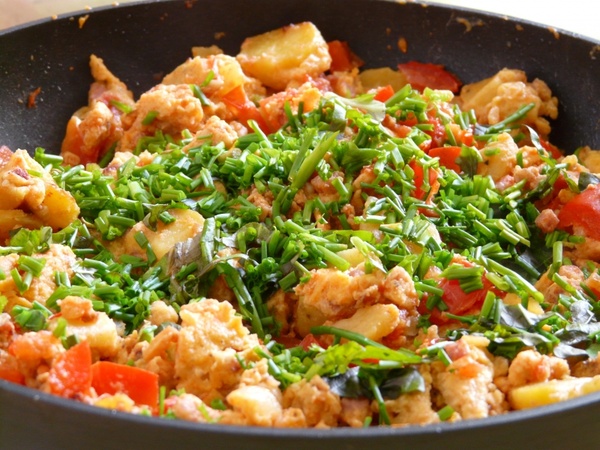
by Lorri | Nov 14, 2018 | UnCorked
I was recently asked if it’s OK to cook with wine that has been opened.
We’re probably all familiar with the old saying, “If you wouldn’t drink it, don’t cook with it.”
It sounds simple enough. But the answer is more complicated. It isn’t financially savvy or practical to toss a bottle simply because it has been open long enough to lose its peak freshness.
Most of us are very resourceful when it comes to creating new masterpieces out of last night’s dinner. Shouldn’t we do the same with our wine?
A bottle of wine that has been open for several days is not going to taste as the winemaker intended nor will it be as enjoyable to drink, but that doesn’t mean its age would be noticeable in a reduction, stew or sauce.
If you want to reduce your wine waste by cooking with it, you can’t haphazardly leave opened bottles sitting out by the kitchen sink. Always re-seal an open bottle with a stopper or its original cork and store it in the refrigerator and with the least contact with oxygen.
During cooking as the wine is exposed to heat, its flavors change. Wine imparts four key characters in a recipe: acidity, sweetness and tannins and a not so technical term “wine flavor.” The wine will lose its alcohol content and many of its original flavors, but these key elements will remain.
I try not to use wine that has been opened for more than a week. Bottles opened for weeks or months, even refrigerated, will lose most of the key character you are looking for in a recipe when adding wines.
If a wine has cork taint or volatile acidity most likely these faults will be imparted on the dish you are cooking. The cork taint is caused by a chemical contaminant, trichloroanisole or TCA. These wines have a strong moldy odor similar to a wet dog, musty basement or damp newspaper. When a wine is tainted there is no way to correct it and it’s best to toss the bottle. The tricky issue is taint is perceived by people in different ways. My advice is when in doubt, pour it down the sink and don’t risk your dinner guests second guessing why your beef stew reminds them of wet dog.
Volatile acidity is when there is a higher than normal level of acetic acid. These are the flawed wines smelling like model airplane glue, nail polish remover or vinegar. Even if your recipe calls for a dash of vinegar these notes are not the same when cooking with flawed wines. Again, my rule is better down the sink than in my guests’ main course.

by Lorri | Jan 11, 2017 | UnCorked
Cooking with wine is one of those subjects I think we leave up to the chefs of the world to sort out. Most of us understand the basics of adding a cup or so to a recipe but over the next few months I want to delve into this subject starting with the most familiar way of integrating wine into cooking: marinating.
Marinade is made up of three essential components: oil, acid and aromatics. A wine marinade simply incorporates wine as an acid and to a lesser extent an aromatic. The idea behind a marinade is to impart flavor and tenderize. And wine does both. Wine has varying levels of acid as do most fruits. A high acid wine is generally a zesty white wine such as a sauvignon blanc or sparkling wine, while lower acid wines tend to be chardonnay or cool climate reds and whites.
When cooking with wine never use one you wouldn’t drink. If a wine tastes off in the glass, chances are it will be the same in your dish. To use leftover wine in cooking may seem economical but do not be tempted to use the dregs of stale wine. As for the “cooking wines,” they are usually harsh and thin; again, if you wouldn’t drink them you may be better off using broth.
Something else to keep in mind when selecting wine to use in a marinade (or a sauce) is the appearance of the final dish. Red wines will impart color to the finished dish. In some dishes, such as coq au vin or meurette, this is desirable. (A meurette is generally used in French cooking with pinot noir to poach eggs and fish in a red wine sauce. It dyes the eggs and fish purple and makes a glossy, dark sauce.) Unless you are using this cooking method on purpose your light color proteins will take on the purple hue of the wine, which can be unappetizing.
For those looking to avoid cooking with wine, unfortunately, there are no direct substitutes for wine in a marinade. Some recipes suggest chicken or beef stock or grape juice as substitutes, but the final results will not be the same. Grape juice is too sweet for most recipes unless it’s a fruit dessert.
And though it’s true you shouldn’t cook with a wine you wouldn’t drink, it is also true that you shouldn’t cook with your most expensive and prized wines. Even in the kitchens of the world’s most prestigious restaurants you will most likely find a bulk box wine for cooking and not a vintage Bordeaux.
THE VALUES
- 2015 Leese-Fitch (Chardonnay, Merlot, Cabernet Sauvignon, Pinot Noir), California (about $10 retail)
- 2015 The Bota Box (Chardonnay, Cabernet Sauvignon, Merlot, Sauvignon Blanc), California (about $19 retail, 3-liter box)

